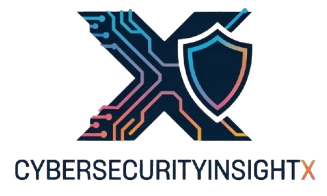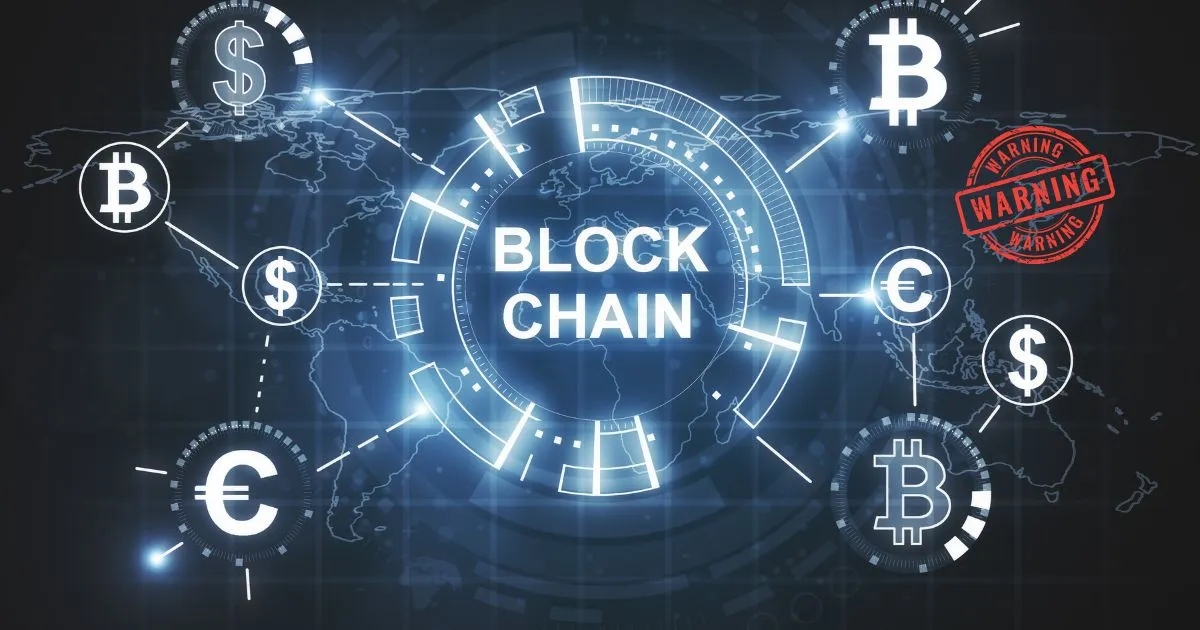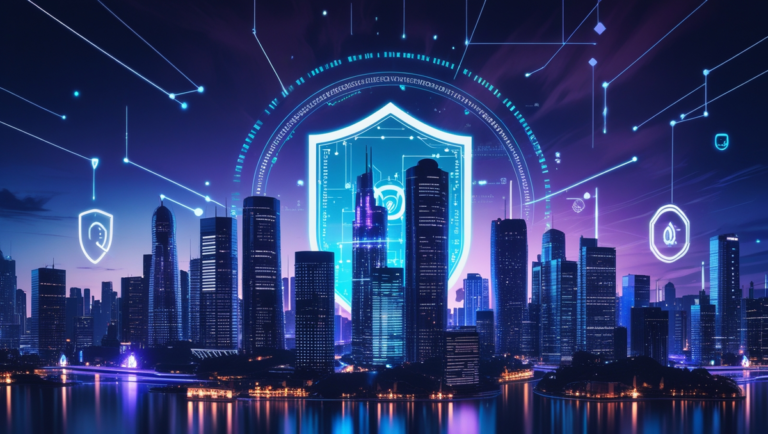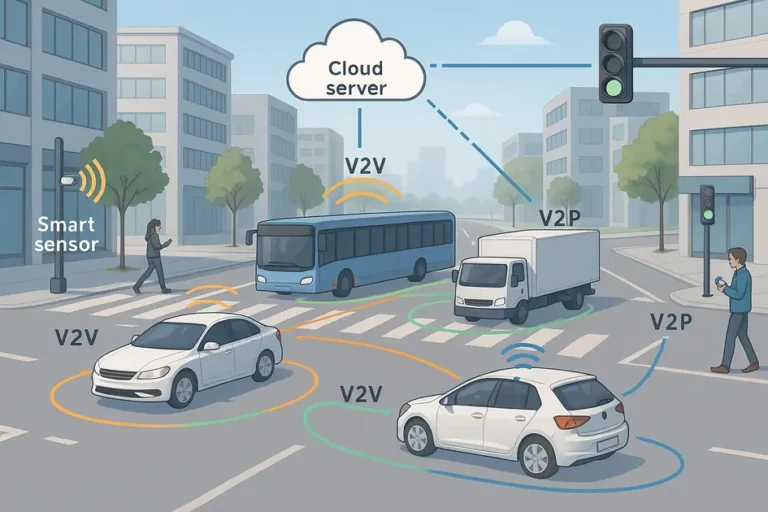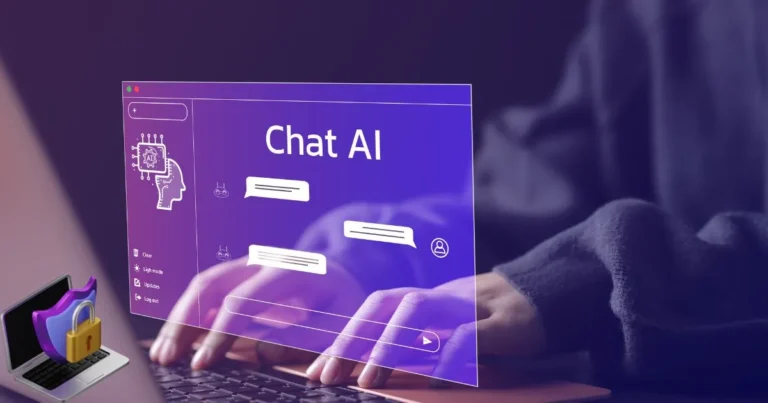How Blockchain is Revolutionizing Cybersecurity: Real-World Applications in 2025
Cybersecurity Is Broken—But Blockchain Might Be the Fix
Let’s be honest—2025 hasn’t exactly been a quiet year in cybersecurity.
From deepfake scams to data breaches leaking millions of records, hackers are getting creative… and aggressive. It’s like playing chess against someone who keeps inventing new pieces. But amidst this chaos, one technology keeps showing up like a calm, mathematical monk with a ledger: blockchain.
Forget the crypto drama for a second. Blockchain isn’t just about volatile coins and bored apes—it’s quietly transforming the foundations of cybersecurity across industries. And unlike many buzzwords, this one actually delivers.
In this article, we’re diving deep into how blockchain technology is actually being used to protect data, identities, and digital infrastructure in 2025. No fluff—just real-world applications.
Table of Contents
Blockchain Security: Reinventing Cybersecurity in 2025
Why Blockchain and Cybersecurity Make a Perfect Match
At its core, blockchain is about trustless trust. It lets people share data and value without relying on a middleman, all while keeping an immutable, tamper-proof record of everything.
So what does that mean for cybersecurity?
Key Blockchain Benefits for Security:
- Decentralization: No single point of failure = no easy target for attackers
- Transparency: Every transaction is recorded and verifiable
- Immutability: Once data is written, it can’t be edited or deleted without consensus
- Encryption: Built-in cryptographic protection for data and identities
In other words: blockchain doesn’t just store information. It locks it in a digital safe and puts a security camera on it 24/7.
Real-World Applications of Blockchain Security in 2025
Time to ditch the theory and look at how blockchain is being used to fight cyber threats today. These are no longer pilot projects—they’re working solutions, protecting everything from hospitals to elections.
1. Securing Medical Data with Blockchain
In 2025, data privacy in healthcare is more critical than ever. With rising ransomware attacks on hospitals and insurance providers, traditional data systems are simply too fragile.
How blockchain helps:
Healthcare providers now use blockchain to store and share medical records. Patients control access via digital identity wallets, granting permissions to doctors, insurers, or researchers. Every interaction is logged, transparent, and encrypted—no more silent breaches.
Real-world example:
Estonia’s eHealth system is blockchain-powered, enabling secure access to patient data across the entire country without risking central server breaches.
2. Protecting Elections and Digital Democracy
Remember the chaos of election misinformation? Blockchain-based voting systems are emerging as a solution to both data tampering and transparency concerns.
How it works:
Votes are recorded as transactions on a private blockchain, ensuring anonymity while also making them immutable and verifiable. Audits can happen instantly, and results can’t be changed without a trace.
Real-world example:
South Korea’s Seoul Digital Foundation launched a blockchain voting pilot in 2024 for local policy decisions—now expanded to national initiatives in 2025.
3. Supply Chain Authentication
Cybersecurity isn’t just about data—it’s about trust. And nowhere is that trust more critical than in global supply chains, where counterfeits and fraud run rampant.
Blockchain solution:
Companies use distributed ledgers to track every product, from raw material to final delivery. Each step is verified and logged on-chain, making it almost impossible to fake a product’s origin or contents.
Real-world example:
IBM and Maersk’s TradeLens system continues to grow in 2025, now covering over 60% of global shipping lanes with real-time blockchain tracking.
4. Decentralized Identity (DID)
Tired of passwords? So is everyone else. In 2025, blockchain-based identity management systems are finally mainstream—and they’re slashing the success rate of phishing attacks.
How it works:
Users store identity credentials in self-sovereign wallets. Websites and apps authenticate these credentials without ever storing them, reducing the risk of data leaks.
Real-world example:
Microsoft’s ION and Worldcoin-style blockchain ID projects have led to a massive drop in account takeovers, especially in financial services.
5. Combating Deepfakes and Fake News
In an age of AI-generated nonsense, trust in media is collapsing. Blockchain is helping rebuild that trust through content verification systems.
The solution:
Blockchain stores metadata about videos, images, and articles—who created it, when, and if it’s been modified. News outlets and social platforms use this metadata to verify content authenticity.
Real-world example:
Reuters and Adobe’s Content Authenticity Initiative (CAI) expanded in 2025, now embedding blockchain fingerprints in published media.
Challenges Blockchain Still Faces
Of course, blockchain isn’t a magic spell. Even with all these gains, the technology has its challenges:
- Scalability: Public blockchains can be slow and expensive for large-scale use
- Energy consumption: Though improving, some blockchains still use more power than small countries
- Complexity: Adoption requires new infrastructure and education
- Smart contract bugs: If the code is flawed, the security is too
So while blockchain can revolutionize cybersecurity, it doesn’t mean you should slap it on every problem like duct tape.
Blockchain Security by the Numbers (2025 Snapshot)
- $12B+ saved annually from fraud detection via blockchain solutions
- 70% of major hospitals in the EU now use blockchain for medical records
- 15+ countries using blockchain for digital voting or citizen feedback
- 80% of luxury brands using blockchain for anti-counterfeit tracking
- 2.5M+ users with decentralized digital identities in active use
Final Verdict
Blockchain isn’t just a buzzword in cybersecurity anymore—it’s a real solution with real-world results.
From protecting your health data to fighting fake news, blockchain is quietly rebuilding the foundation of digital trust. It’s not perfect, but it’s pushing back against threats that traditional systems simply can’t handle anymore.
And while it won’t eliminate every hacker overnight, it is changing the rules of the game—and tipping the odds in favor of defenders for the first time in decades.
👉 Want to understand the risks too? Be sure to check out our article: Can Blockchain Really Stop Cybercrime? Experts Weigh In.
FAQ – Blockchain in Cybersecurity (2025 Edition)
Q: Is blockchain really being used for cybersecurity or just theory?
A: It’s very real. From medical records to voting systems, governments and companies worldwide are already using blockchain to prevent data tampering and increase transparency.
Q: Can blockchain replace firewalls and antivirus software?
A: No, it’s not a replacement—but a powerful layer of protection. Blockchain complements traditional security tools by securing the data itself, making manipulation and unauthorized access far more difficult.
Q: What industries are using blockchain the most in 2025?
A: Healthcare, logistics, finance, and government services are leading the charge, but digital identity and media authentication are rapidly catching up.
Q: Is blockchain security affordable for small businesses?
A: Thanks to newer, energy-efficient protocols and open-source platforms, yes. In fact, decentralized identity systems are often cheaper and safer than traditional user databases.
Q: What’s the biggest limitation of blockchain in cybersecurity?
A: Human error. Phishing, poor coding, and user mismanagement can still compromise blockchain systems. The tech is strong—but only when implemented wisely.
